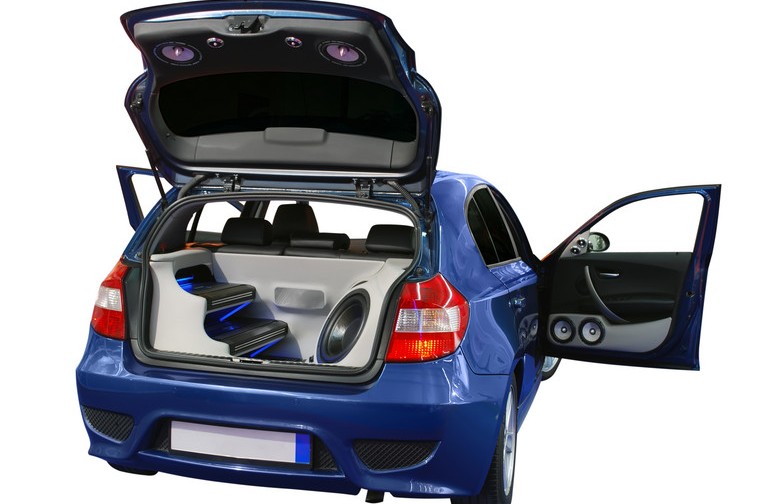The Rise of Car Audio

The way that we listen to music in cars, seems nothing like it did back when we were kids. Our formative experiences to listening music in the wood-paneled minivan of your dad were mostly shaped by CDs, with the dusty, errant cassette-tape thrown into the mix occasionally, along with constant blasts from FM station oldies. These are some of the things that highlight the rise of car audio:
Source of entertainment
By the time some of us got out our driver’s licenses, we relied almost solely on burned CDs, and obsessively compiled on our dad’s desktop computer for MP3 downloads. Today, many of these modes seem quaint about the numerous advancements in the digital music player tech.
For us to honor our past’s audio technologies, it is important that we trace the evolution of music in our cars, from 8-track players to the hissy AM radio all the way to digital music revolution —and we can’t forget that dashboard turntable that is questionable either.
Driving used to be an experience not meant to be sound-tracked beyond the engine’s sound in the first decades of mass-produced cars. However, in 1930, brothers Joseph and Paul Galvin designed the first commercially available “in-car” radio – the Motorola 5-T71, a port-manteau of “Victoria” and “automotive.”
The system used battery powered vacuum tubes and was selling for around $140—extremely expensive for its day. Galvin sold millions of car radios, in the end changing their company’s name to Motorola – the father of the telecommunications industry that we know today.
A brand new music listening option – an in-car phonograph referred to as the Highway (Hi-Fi), wired directly into the car-radio of certain high-end car models and mounted at the bottom of the dash. A miniature turntable slid-out, at the flip of some switches, upon which one could listen to music for about 3 hours. Now, the Highway has greatly advanced and we are in a new era of very sophisticated car audio devices. Yes! That is the rise of car audio.…








